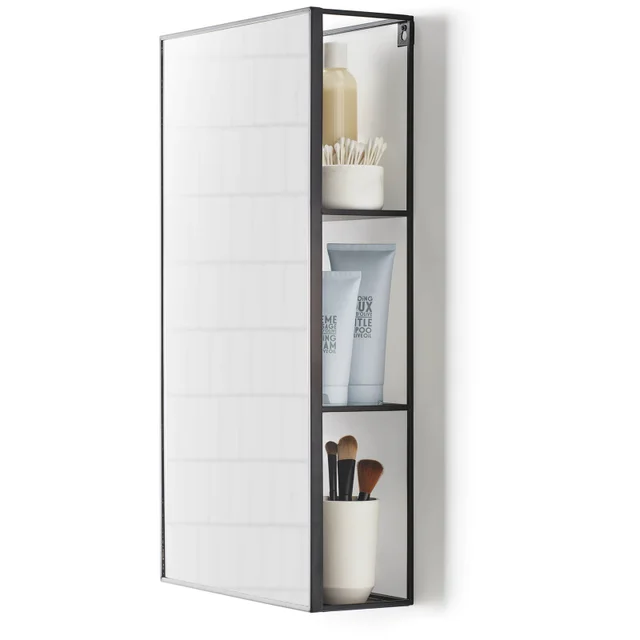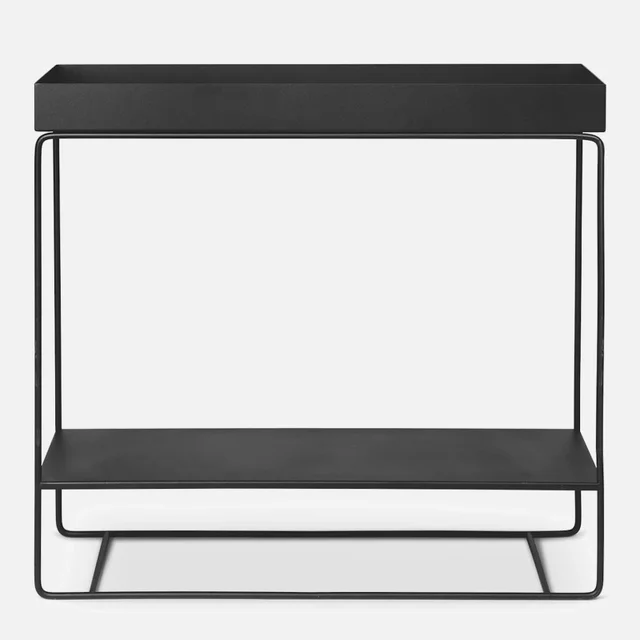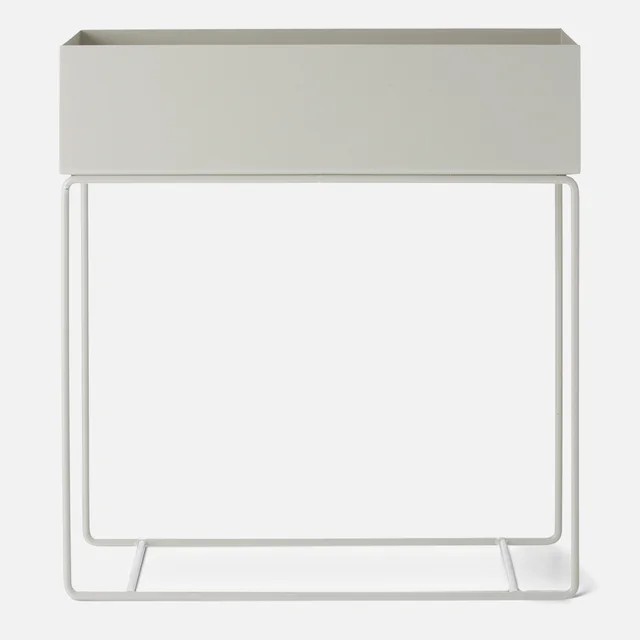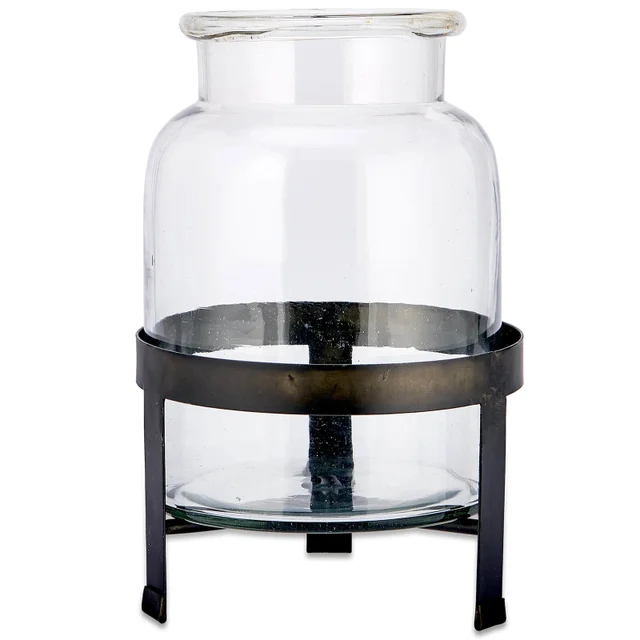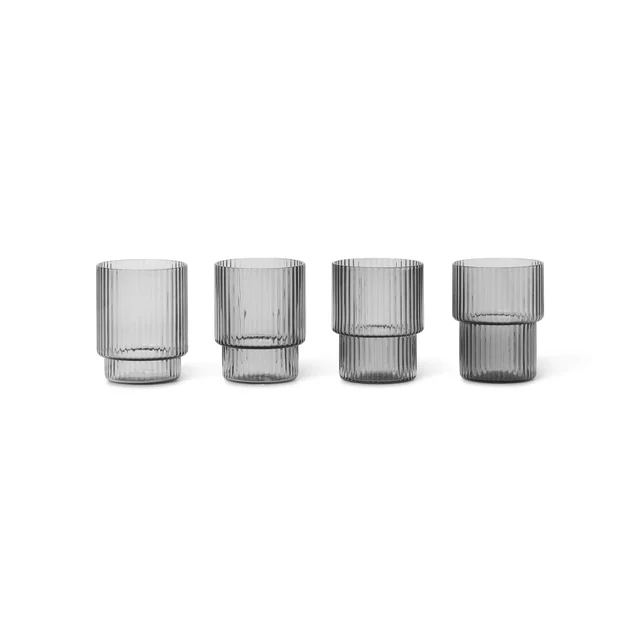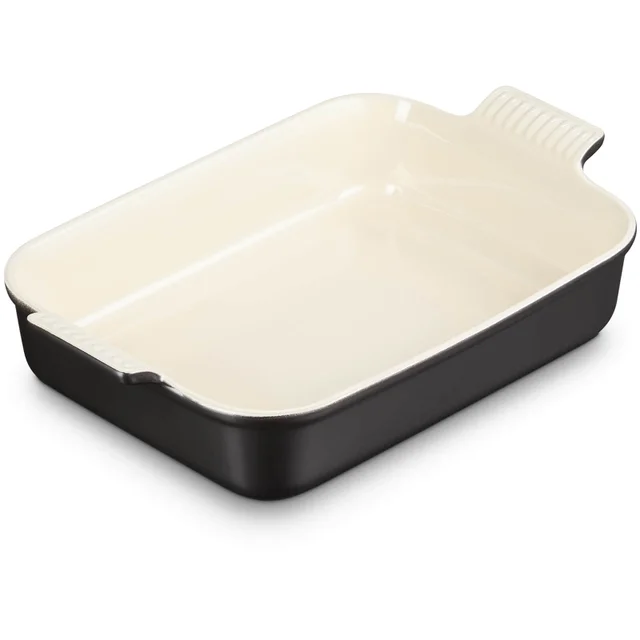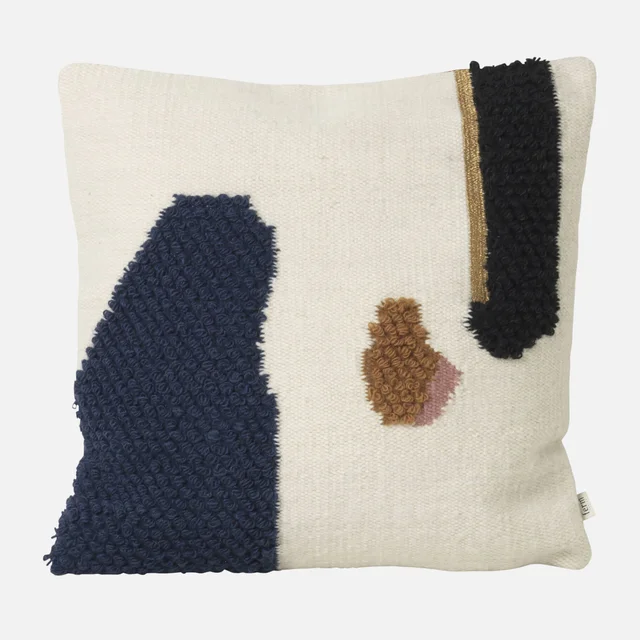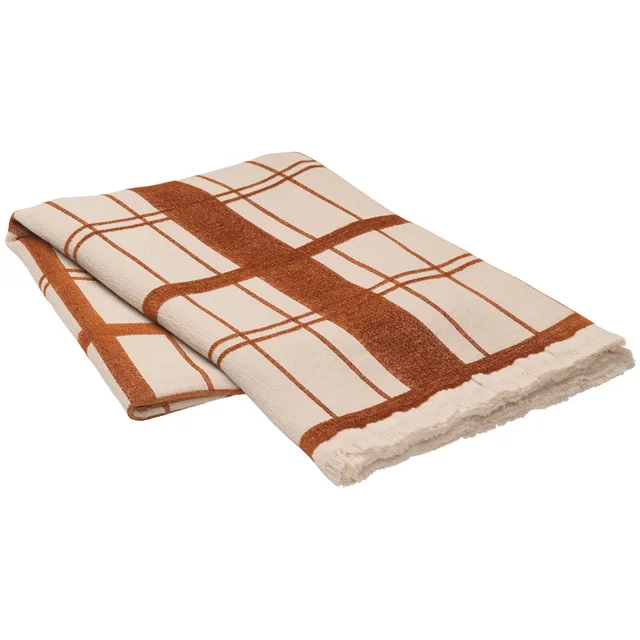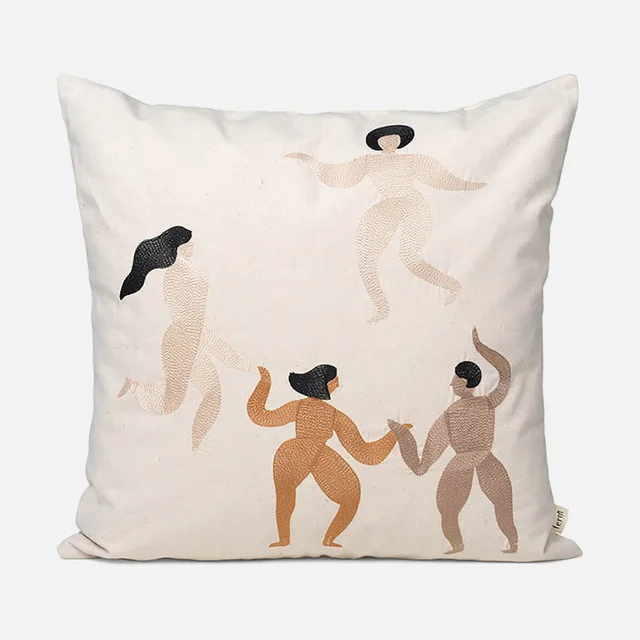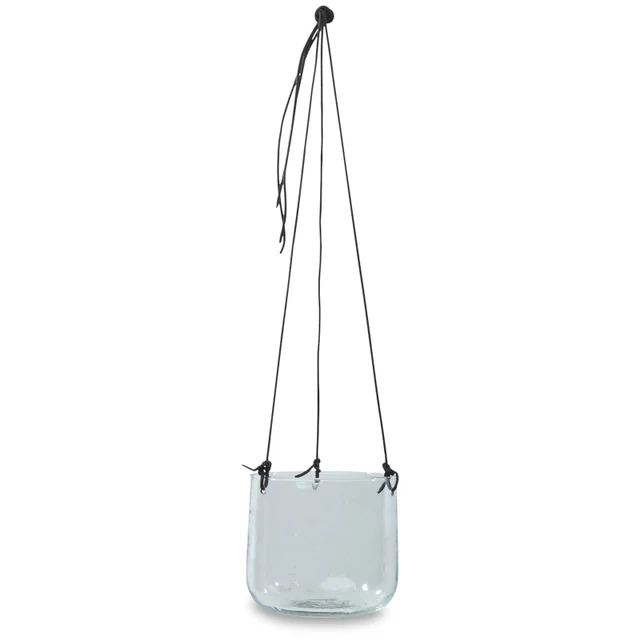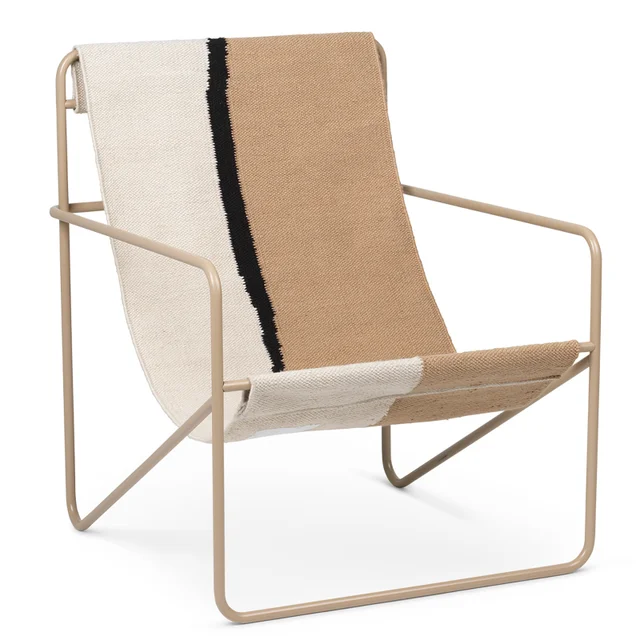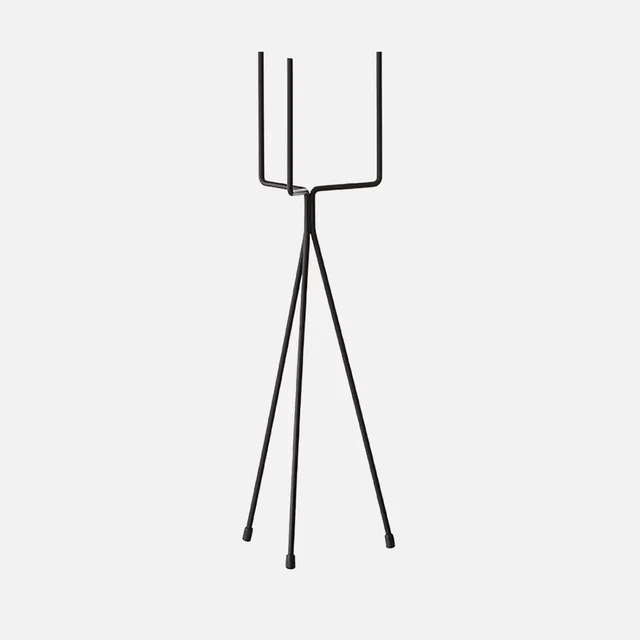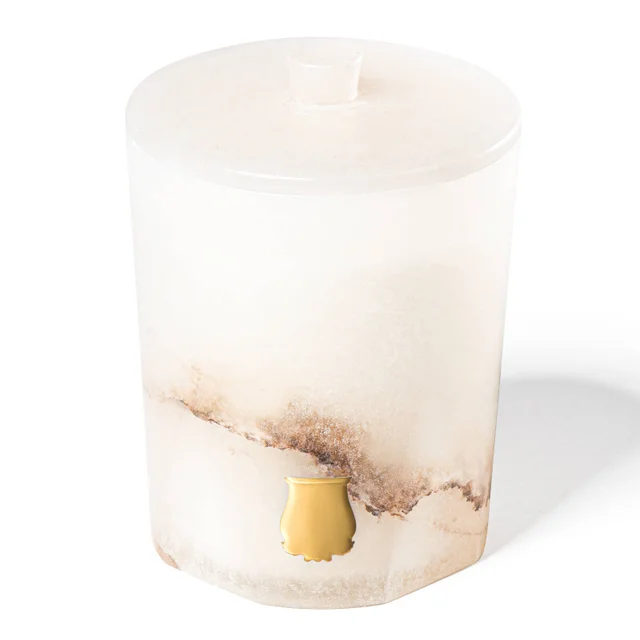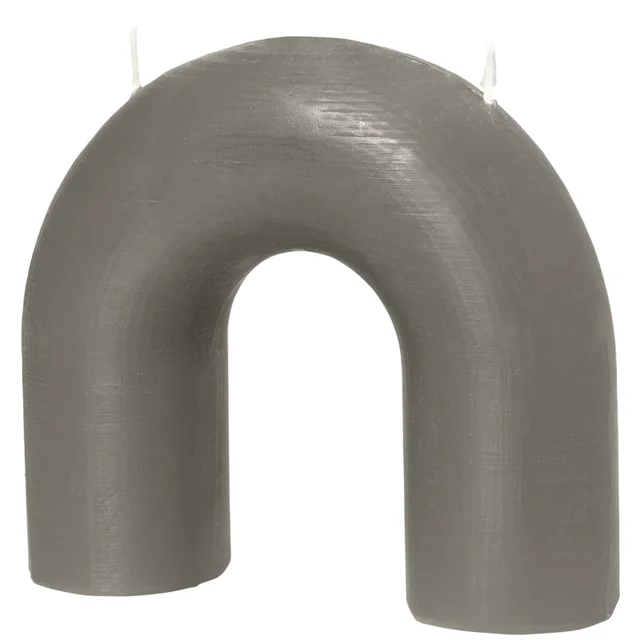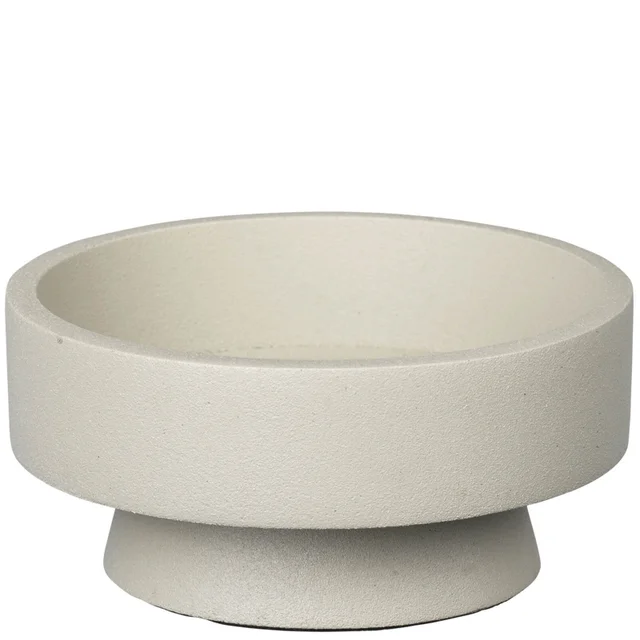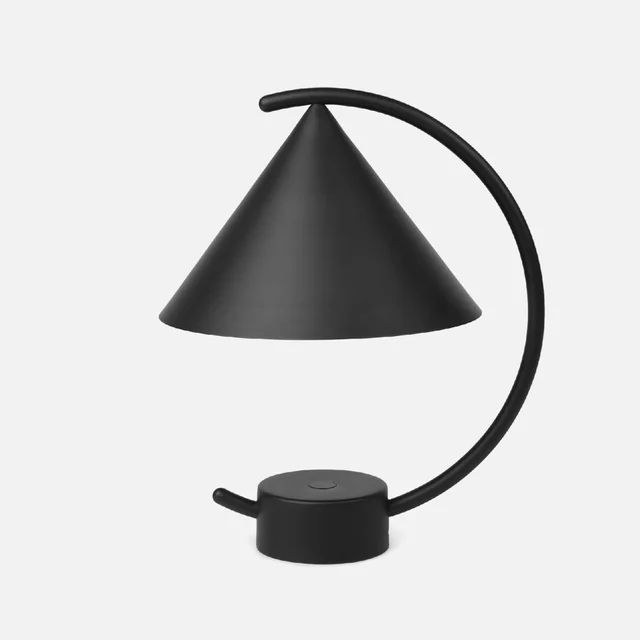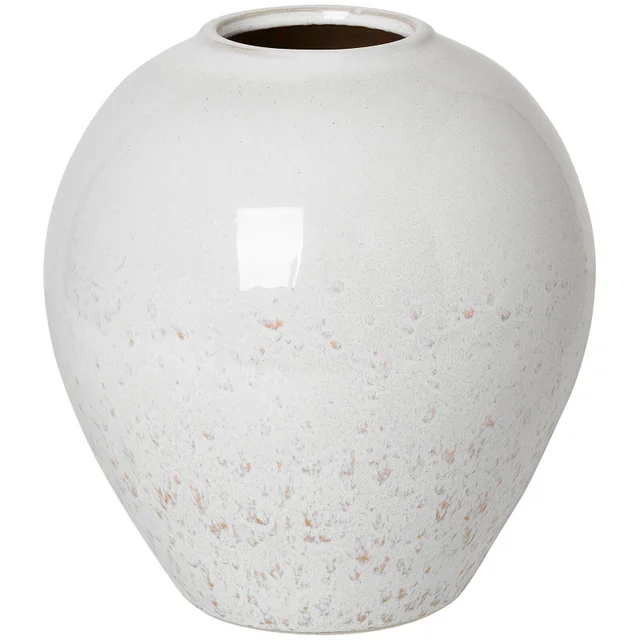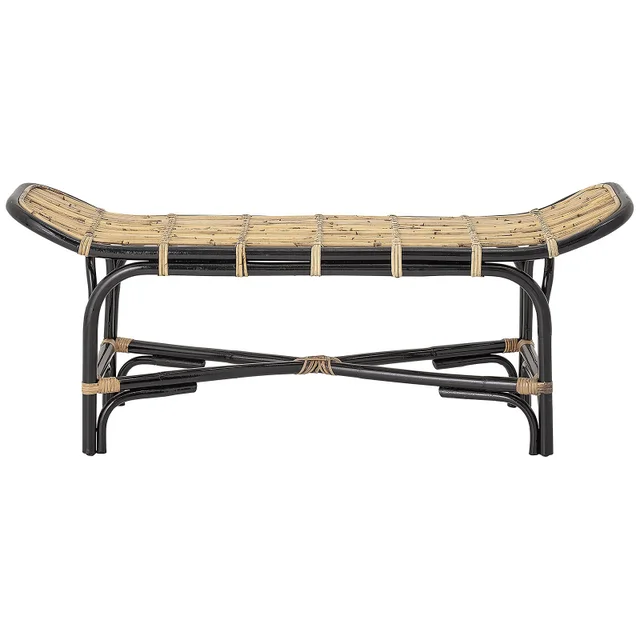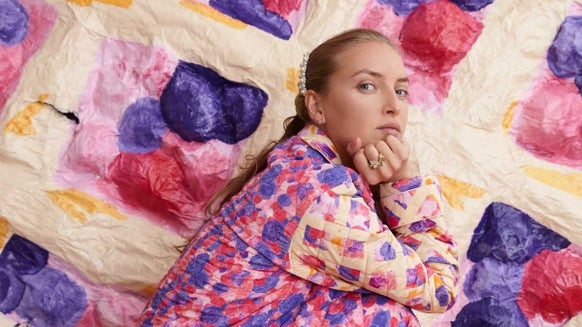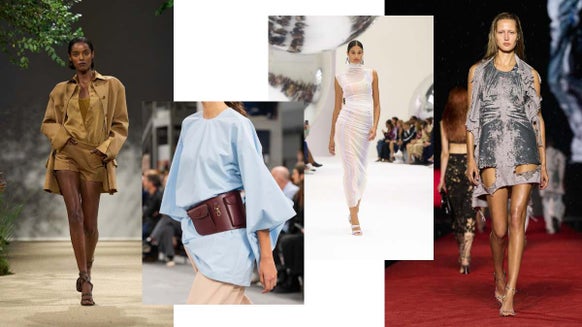What is Minimalist Living and How to Achieve It
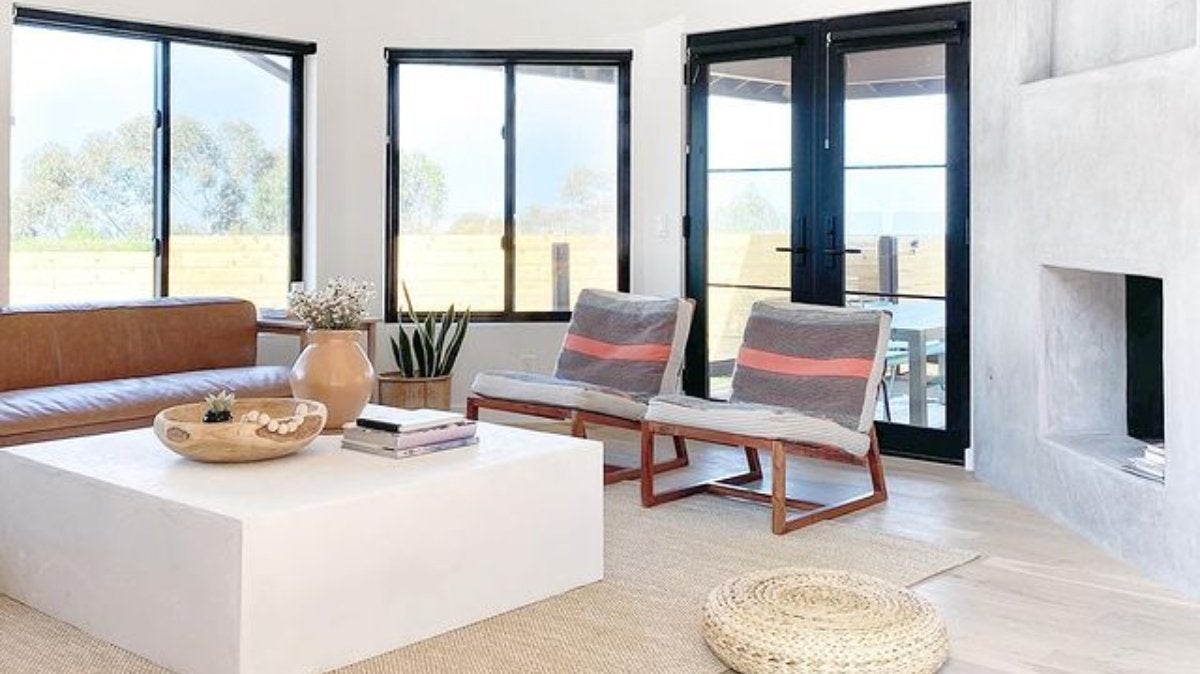
Minimalism might be a word you have heard thrown around when talking about fashion, but in recent decades, minimalism has influenced lifestyles, interiors and attitudes toward consumerism. Of course, there have been contributing factors that have popularised the approach, such as economical and political circumstances, but the minimalist mindset has been around for centuries. Although some may suggest that the millennial age has become too thrifty with money; prioritising luxuries over necessities, the minimalist approach has been transformed into a trend by such an age, claiming to resurrect bank balances, stressful environments and self-perspectives.
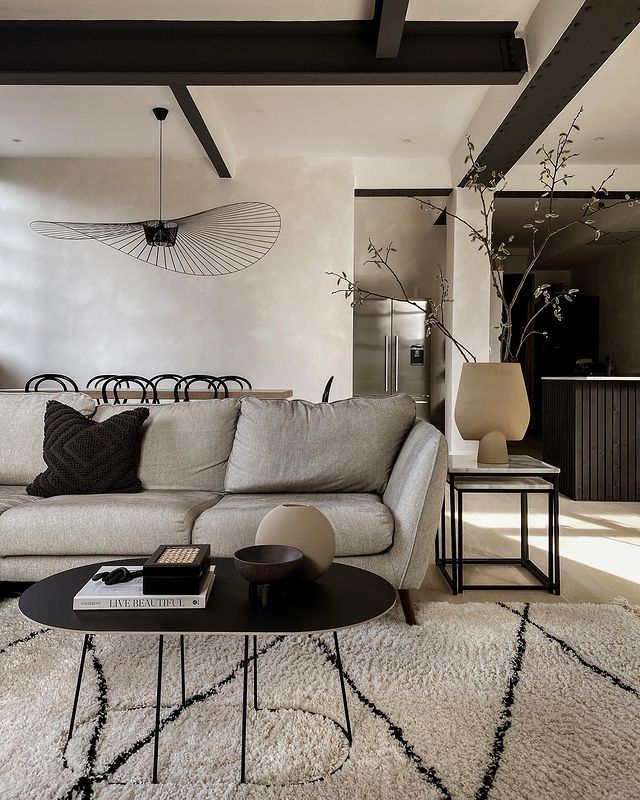
To expand on this, Coggles have done their research into the trend, both as it stands and the foundations from which it derived. We speak to Coggles’ Luxury Buyer, Jen Hill, on how to achieve that minimalist look in your home and pick out some key homeware pieces to kick start that refreshed feel and look every wanna-be minimalist desires.
But first, here is some background...
What does being a ‘Minimalist’ mean?
Being a minimalist, in its most basic form, is to live valuing life more than material things. It is perhaps more of a state of mind that a set of rules to follow and can be adapted, shaped and reformed to suit each individual circumstance. Minimalism is about filling life and your surrounding spaces with more of what you need and therefore having less time to worry about what you don’t have. This process in itself is said to make life more fulfilling; as your energies are focused on more of the important parts of life.
Minimalism can often be confused with green living. And although there are crossovers in beliefs and common ground in practice, minimalism doesn’t mean that items are bought cheaply. In fact, minimalism encourages the purchasing of quality ensured pieces that will stand the test of time. As such, a minimalist traditionally will place a focus on reusing, recycling and living sustainably.
New minimalism, as it has been called after trending with the millennial age, takes a fresh approach to living without clutter. Taking on a new perspective of personal organisation; both within the home and lifestyle.
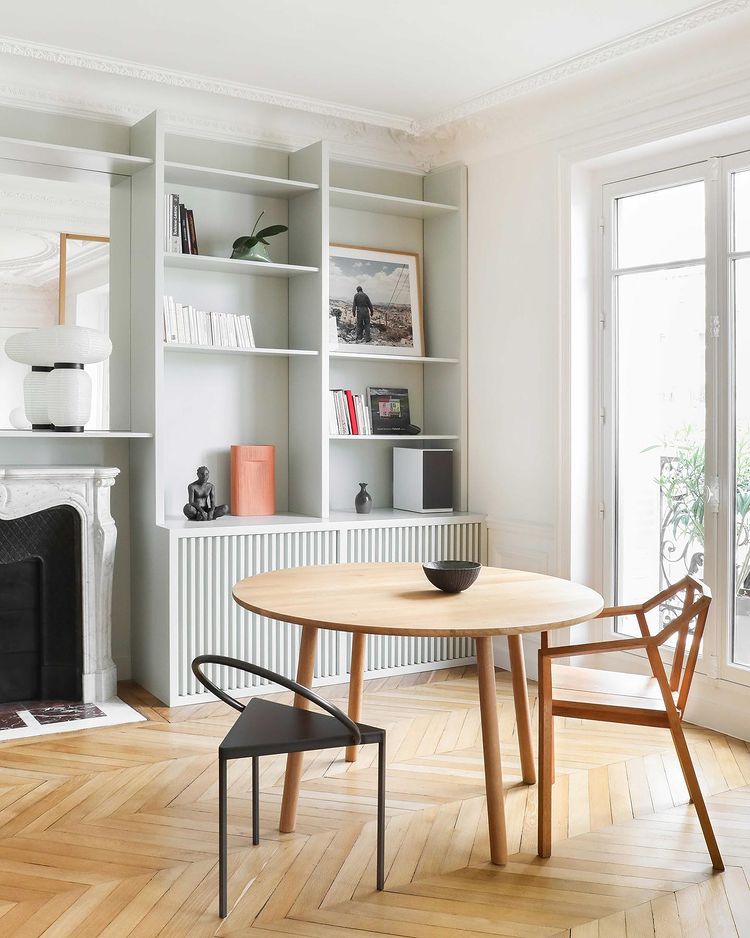
Why choose a minimalist lifestyle and minimalist interior designs?
After much research, it seems a common reason why many turn to minimalism is for relaxation and stress-free results. For many, a declutter, a small wardrobe and a tidier house is the key to a calmer environment. Although maintaining this takes diligence; minimalism becomes a way of thinking that benefits all areas of life.
For example, over time, finances will have been reduced as sustainable living encourages the re-use of once thrown away items. Many feel much happier with the items they possess, discouraging feelings of pressure to consume or cutter up spaces. A fresh feeling of freedom is also said to be a successful result; spaces in the home can feel wider and more expressive.
But how can you achieve a minimalist lifestyle?
Minimalist Lifestyle
Declutter
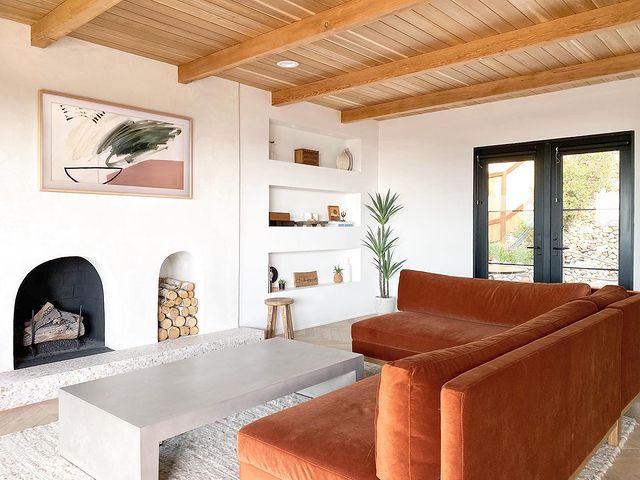
Decluttering is a huge part of embracing the minimalist lifestyle. Cutting down to the basics and living a simple, yet resourceful existence. Everyone has an ‘odd bits and bobs’ draw, whether it is in your bedroom, kitchen or living room, they are the kinds of places that once sorted, will ease your mind. The process of organising and removing clutter from your eyeshot and mind can reduce stress and benefit your sanity. As they say ‘out of sight, out of mind’; at Coggles we suggest investing in an aesthetically pleasing storage unit to ease the transition of decluttering …
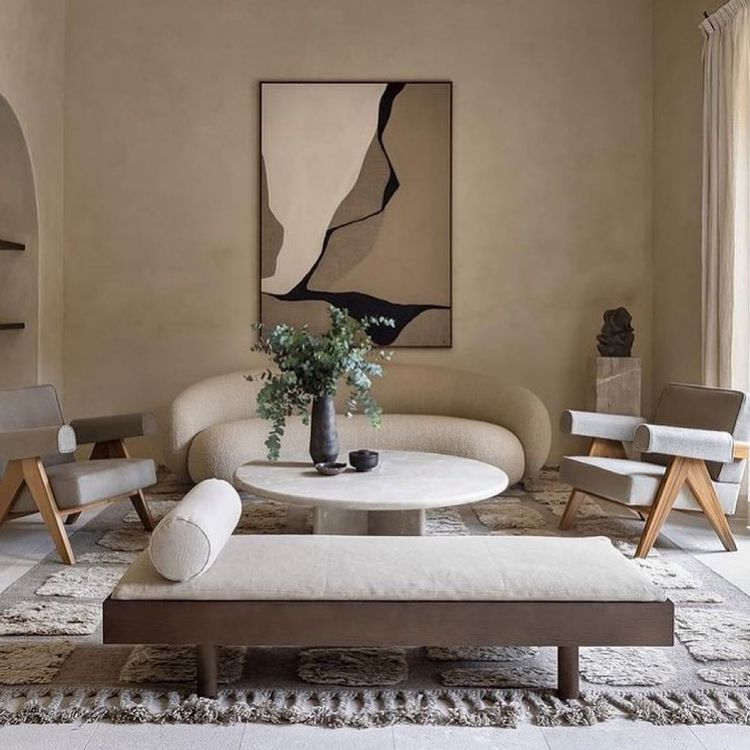
Laidback luxury
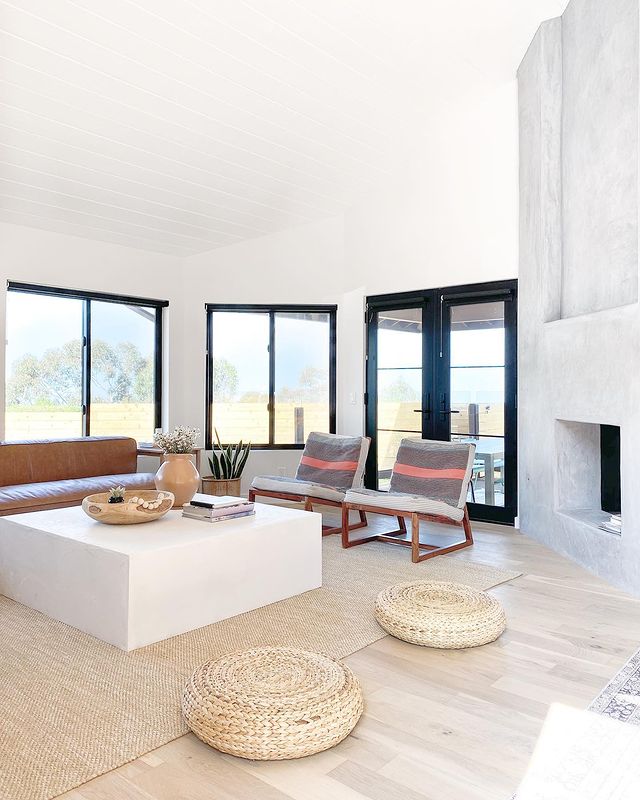
Adopting a minimalist mindset also ties in with buying into investment pieces for your home that will serve you for many years and stand the test of time. Many believe it is about buying cheaper products and saving money, but in fact it is the opposite. Minimalists prize quality over quantity, investing in classic sustainable products that provide the essentials and more. Achieving that laid back luxury feel comes with the understanding that less is more, refining home products and spaces too. To attain this, Coggles suggests to adopt the ‘one in one out’ rule, whereby quality furniture, cookware or appliances are added to the home in place of an old, unessential, unsustainable piece.
Minimalist Aesthetic
Neutral base
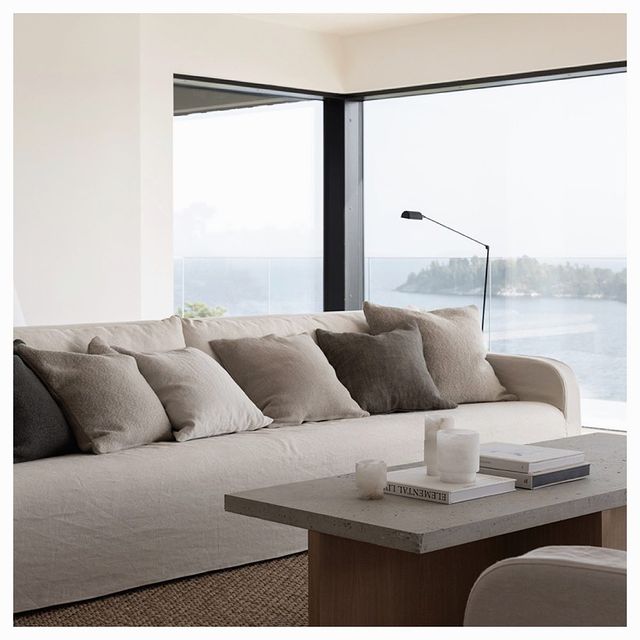
Working with a blank canvas might seem like a hard task for some, but it's a great foundation for creating a minimalist space. Neutral wall colours or warmer tones of white provide a good canvas for adding in subdued hues and accent decorations. Accessorise your room, sofas and cabinets with varying textures; from throws to cushions, candles or ornaments, choose complementary colourways. Interior design doesn't have to be hard for a minimalist, but the more thought put in at the beginning, the longer the contentment.
Keep it simple
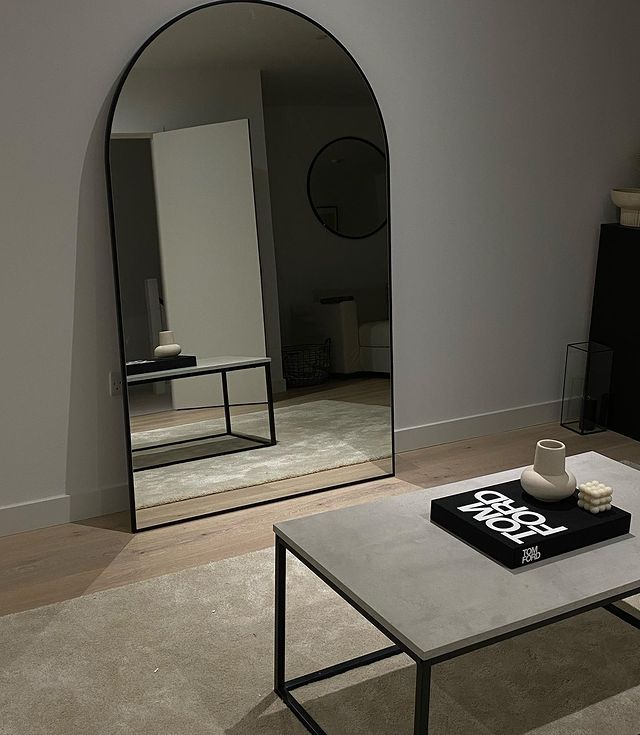
Simplicity means a whole new thing to a minimalist. It doesn't mean ‘living without’ it means living with less’. Simple living also doesn’t have to be as boring as it sounds. There are plenty of simple things that are suitably fashionable and stylish for a minimalist home. Mainly products with fresh looking aesthetics, quirky accents and practical value tend to be most popular.
A Natural Feel
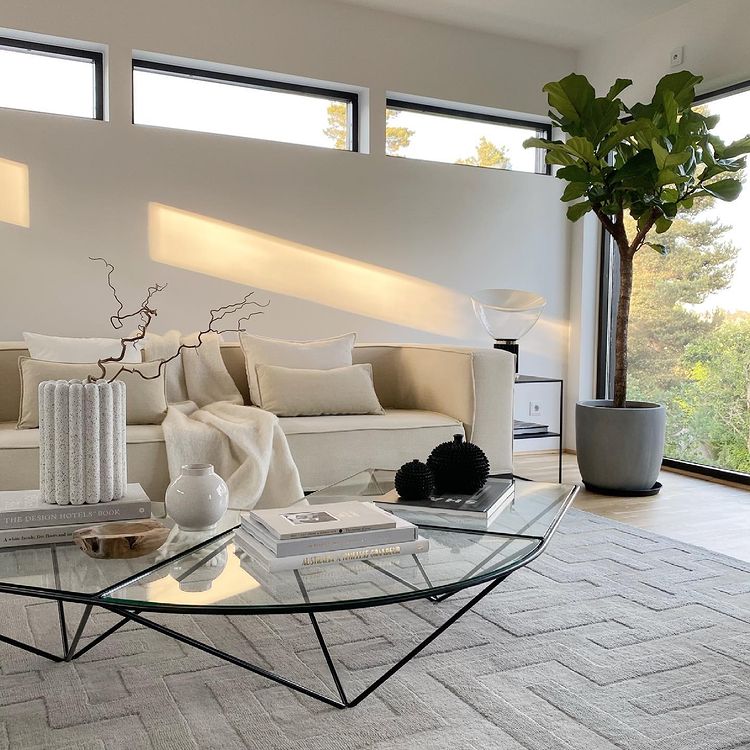
The minimalist trend is heavily focused on maintaining a natural aura, whether this be through colour shades, sustainable materials or smells. Coggles suggests investing in a candle which uses natural scents to infuse your home and give it that natural feeling.
Becoming a minimalist isn't an overnight conversion. As previously mentioned, minimalism is a lifestyle that is carefully cultivated over many years. It involves bringing an essence of mindfulness to what you buy, how you live and how you choose to decorate your home. To step up your interest, Coggles recommends reading some of the trend’s finest books about how to achieve a calm home and simpler lifestyle...

A minimalist fashion fan with high interests in the odd print or check. Constantly trying to make my home look like a catalogue; you can find me shopping for cute bedding, candles and other Instagrammable interior accessories.
